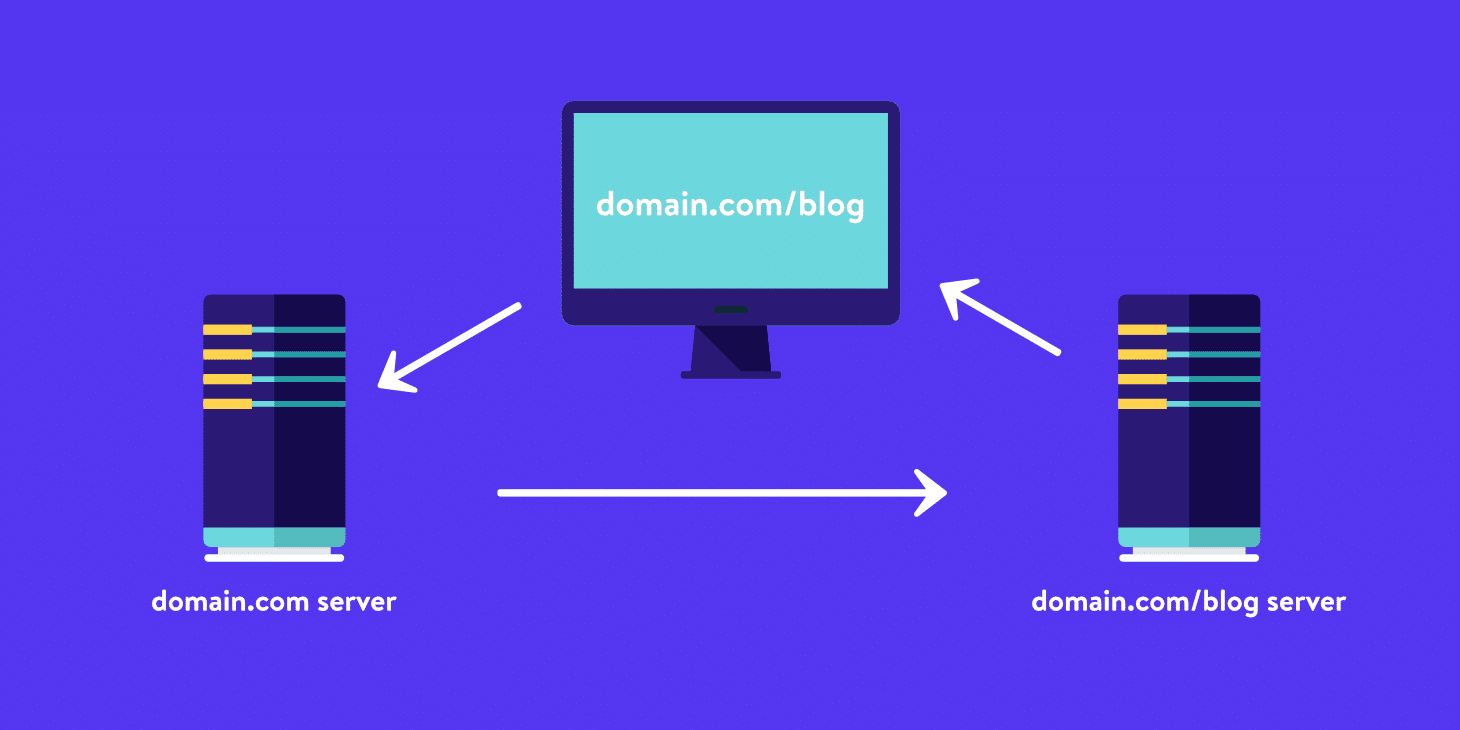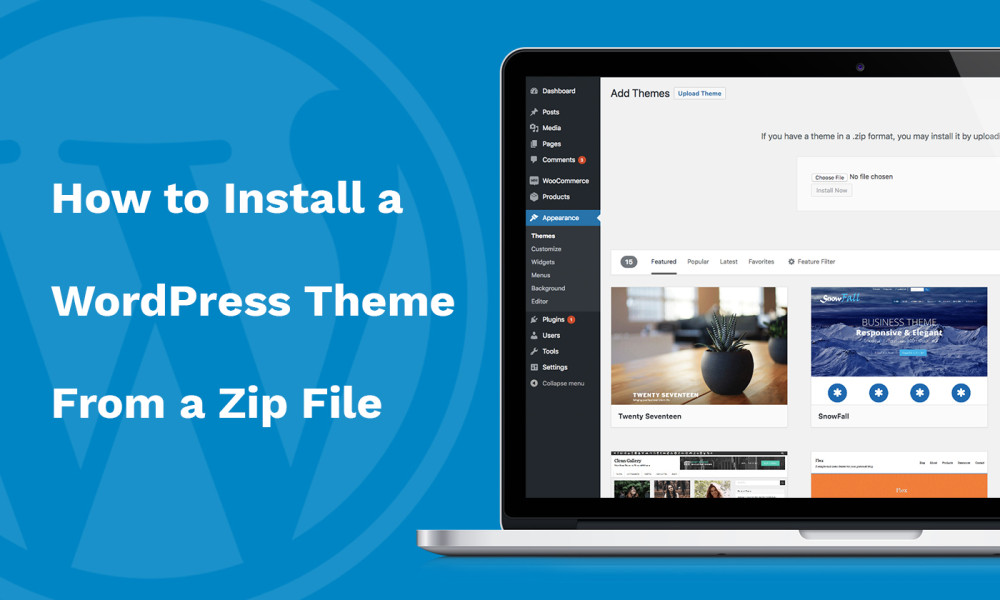How to Load Your WordPress Site Over a Reverse Proxy

reverse proxy consists of set of rules added to server which instruct the server to send requests for given subdirectory to separate server..
In order to make this happen reverse proxy rules would need to be configured on the server hosting example com instructing the server to send any requests for the blog subdirectory to another server hosting WordPress-powered blog website..
Kinsta does allow and support the use of reverse proxies to load WordPress from subdirectory or to point subdirectory of your site to server.
If both sites are hosted at Kinsta then Kinsta's support team can set up the necessary reverse proxy rules on the main site and also configure the proxied site to load over the reverse proxy.
Important note If only the proxied site is hosted at Kinsta we require that you provide us with IP addresses and configure the server to set the headers listed in our Nginx reverse proxy rule.
If just the proxied site is hosted by Kinsta then setting up the reverse proxy is not something Kinsta will be able to do since the reverse proxy must be configured on the server that hosts the main site.
In this scenario, the client retains responsibility for configuring the proxied site so that it loads over the reverse proxy and for requesting adjustments to the reverse proxy rule should it fail to load the proxied site..
restoring backups or pushing staging sites live on sites that load over reverse proxy can cause the proxied site to stop loading properly. When working with proxied site it's always advisable to schedule changes such as these for times of low traffic and to consult with Kinsta's support prior to taking action..
subdirectory needs to be added to the path on the server, matching the subdirectory used to load the site and all website files moved to this subdirectory..
rewrite needs to be added to the configuration to remove the subdirectory from URI for each incoming request..
Read more
In order to make this happen reverse proxy rules would need to be configured on the server hosting example com instructing the server to send any requests for the blog subdirectory to another server hosting WordPress-powered blog website..
Kinsta does allow and support the use of reverse proxies to load WordPress from subdirectory or to point subdirectory of your site to server.
If both sites are hosted at Kinsta then Kinsta's support team can set up the necessary reverse proxy rules on the main site and also configure the proxied site to load over the reverse proxy.
Important note If only the proxied site is hosted at Kinsta we require that you provide us with IP addresses and configure the server to set the headers listed in our Nginx reverse proxy rule.
If just the proxied site is hosted by Kinsta then setting up the reverse proxy is not something Kinsta will be able to do since the reverse proxy must be configured on the server that hosts the main site.
In this scenario, the client retains responsibility for configuring the proxied site so that it loads over the reverse proxy and for requesting adjustments to the reverse proxy rule should it fail to load the proxied site..
restoring backups or pushing staging sites live on sites that load over reverse proxy can cause the proxied site to stop loading properly. When working with proxied site it's always advisable to schedule changes such as these for times of low traffic and to consult with Kinsta's support prior to taking action..
subdirectory needs to be added to the path on the server, matching the subdirectory used to load the site and all website files moved to this subdirectory..
rewrite needs to be added to the configuration to remove the subdirectory from URI for each incoming request..
Read more
Report
Related items:















